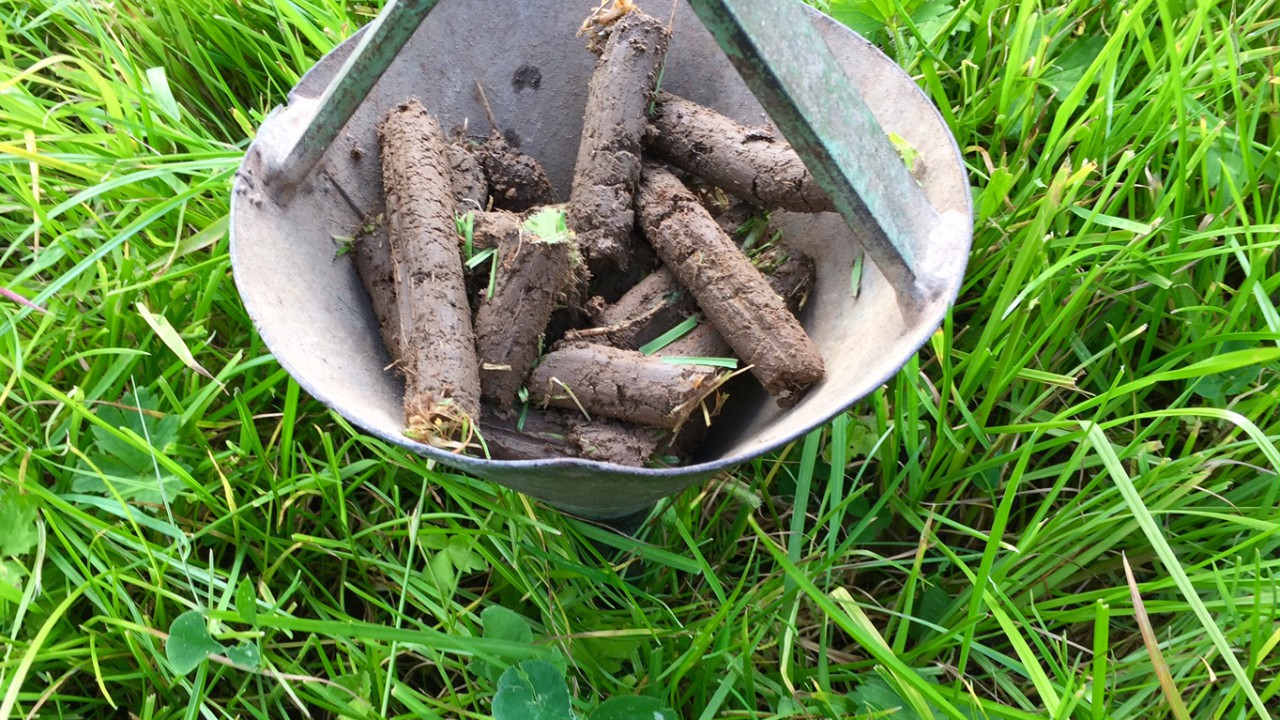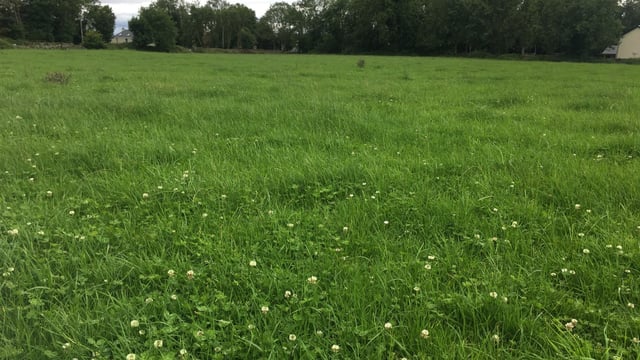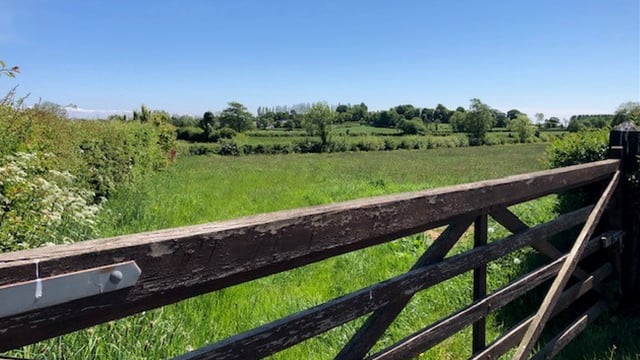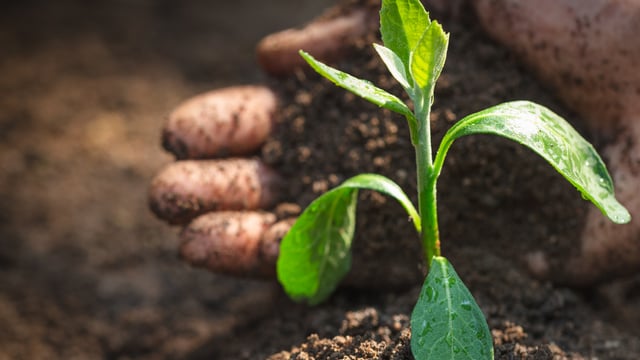Why soil testing is more important than ever
Soil testing is becoming increasingly popular on farms across the country. Its benefits include saving on fertiliser and maximising grass growth.
It can be said that in a lot of ways, the National Fertiliser Database (NFD) is making farmers realise how important it is to be efficient with the fertiliser they buy and utilise.
For many farmers, it is encouraging them to be be more efficient with their fertiliser, which will lower costs of production.
Constant regulations within dairy sector has left many farmers with a sour taste in their mouth's, but it is important to know how to navigate regulations and turn them into opportunities.
Testing your soil is the key to optimal soil fertility, as there is no point in applying fertilisers to land if you don't know what nutrients they are lacking or the pH of the soil.
Over the last number of years, fertiliser costs have increased, meaning it is crucial to have accurate and precise application to cut down your spending.
You will only be able to have accurate and precise application, along with correct fertilising decisions through the data pulled from a soil fertility test.
A standard soil test will provide major nutrient analysis such as soil pH, lime requirement, phosphorus (P), and potassium (K) for a cost of €1.23/ha/year, according to Teagasc.
Considering the cost of soil testing, it can minimise the need for an excessive amount of fertiliser purchased, as the data can be collected and put towards a fertiliser plan which allows optimal fertiliser efficiency.
How to collect soil samples is as follows:
- Collect soil samples at the right time of the year;
- The area sampled should be 2-4 ha;
- Use a suitable soil corer;
- Sampling depth should be top 10cm of soil;
- Take 20 cores/samples in a 'W' shape, ideally;
- Wait three to six months after P and K applications;
- Leave a gap of two years after lime is applied.
While it's all well and good getting your soil tested, it is not much good to you if you don't react. It is essential to react with the appropriate treatment and application.
A study completed by Teagasc which was on show at the Johnstown Castle Open Day, showed the response to fertilisers from different soil indexes.
The response to fertilisers and fertiliser strategy for different soil indexes is as follows:
| Soil Index | Response to fertilisers | Fertiliser strategy | P (mg/L) Grassland | P (mg/L) Tillage | K (mg/L) |
|---|---|---|---|---|---|
| 1 | Definite | Build-up + M | 0-3.0 | 0-3.0 | 0-50 |
| 2 | Likely | Build-up + M | 3.1-5.0 | 3.1-6.0 | 51-100 |
| 3 | Unlikely | Maintenance (M) | 5.1-8.0 | 6.1-10.0 | 101-150 |
| 4 | None | None | >8.0 | >10.0 | >150 |
The table above further highlights the importance of soil testing, as it indicates that not all of the paddocks are going to require the same amount of fertiliser. Some will require more or less, but it is important to identify what needs what.
When you have the results, you need to firstly identify the paddocks that will require a lime application, followed by targeting organic manures to low fertility paddocks (soil index 1 and 2 for P and K).
Any of the soils with a good fertility status at a soil index of three, the nutrient P and K offtake should be replaced in order to maintain the good soil fertility.
Any crops that are demanding crops like silage fields, should receive sufficient nutrient applications and any paddocks with a fertility status of index 4, will not require additional fertiliser.





